How do latex balloons have a distinct smell to them?
Do you ever wonder why those colorful balloons have a distinct smell? That common odor can be a bit overpowering, and it makes you think about what causes it.
The distinct smell of latex balloons1 comes from the natural rubber latex2 itself and the chemicals used in its production. This scent is normal and indicates the balloon's material composition. A strong or unpleasant smell can sometimes point to lower quality materials3 or processing.
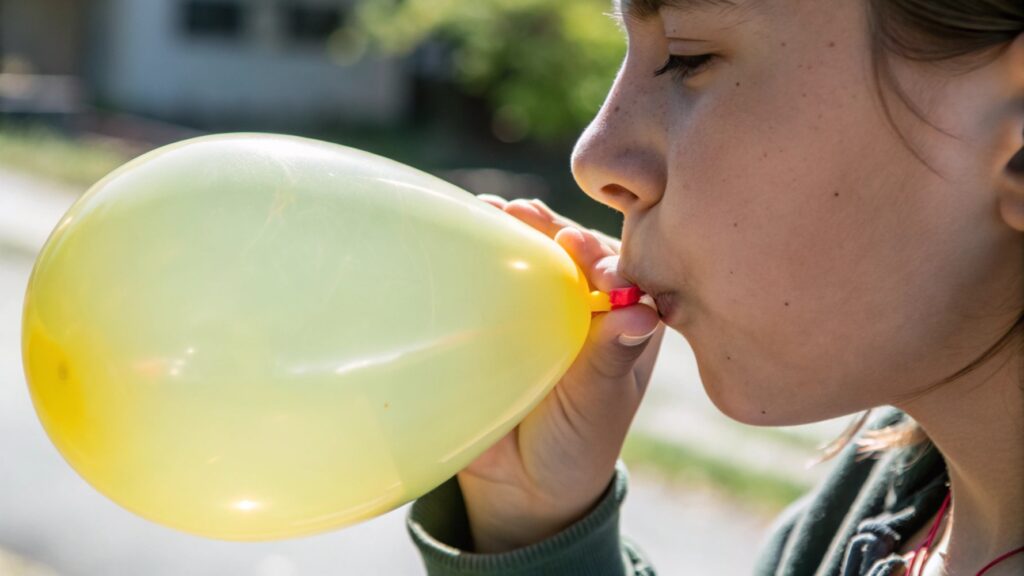
When you first open a pack of balloons, that smell hits you. It usually makes you think of parties and fun. But have you ever stopped to think about where that smell comes from?
What causes the unique odor in natural rubber latex balloons?
Do you get curious about where the smell in balloons comes from? The unique smell of natural rubber latex balloons is tied to their raw material.
The main reason for the smell of natural rubber latex balloons is the natural rubber itself. Latex is a natural product that comes from rubber trees. It has proteins and other organic compounds4 that give it a specific smell. Think of it like the smell of wood or fresh-cut grass; it’s just how the natural material smells. When latex is processed, some of these compounds can create a noticeable odor. A mild, not unpleasant smell means good quality natural latex. If the smell is very strong or bad, it can mean the latex is not as good, or the production process had issues.
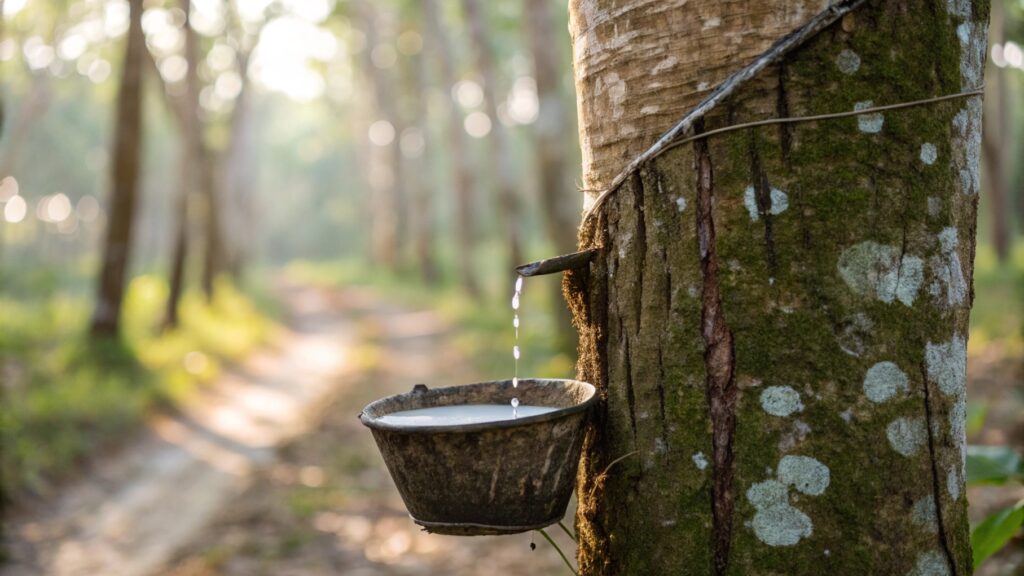
Many people do not know that good quality latex5 balloons made from natural rubber should not have a bad smell. As someone deeply involved in balloon manufacturing, I know that if the smell is too strong or unpleasant, it often means the quality of the raw material is not very good. This can happen if factories try to cut costs by using cheaper ingredients. Good quality latex has a natural, mild smell that is not sharp or offensive.
Deeper Dive: The Chemical Breakdown of Natural Latex Odor
The smell of natural latex is complex. It comes from various organic compounds4 released during tapping and processing. These compounds are largely responsible for the smell.
| Compound Group | Source | Odor Characteristics |
|---|---|---|
| Volatile Organic Compounds (VOCs) | Naturally present in latex sap and released during curing. | Often described as rubbery, earthy, or slightly sweet. |
| Proteins | Natural components of latex. | Can contribute to a distinct, sometimes slightly milky smell. |
| Fatty Acids | Present in the raw latex. | Can give a faint, specific scent as they break down. |
When raw latex is collected, it contains many volatile compounds. These are molecules that easily turn into gas and float in the air. When you smell them, those are the volatile compounds. As the latex goes through different steps to become a balloon, some of these compounds can change or break down, creating new smells. For example, during the drying process, water evaporates, and these volatile compounds become more concentrated, making the smell stronger. A good manufacturing process helps control these smells.
Are the chemicals used in latex balloon manufacturing responsible for their smell?
Do you ever wonder if the strong smell of balloons comes from chemicals? Yes, the chemicals used in making latex balloons do add to their smell.
The chemicals used in making latex balloons play a big part in their smell. To make latex into a balloon, other things are added to it. These include things that help the latex cure and keep it from breaking down. For example, curing agents6, antioxidants, and colorants are added. Each of these chemicals can have its own smell. When they are all put together and heated, they can create a combined smell. This combined smell is what you notice when you open a new pack of balloons. Good factories use chemicals that do not have a strong or bad smell.
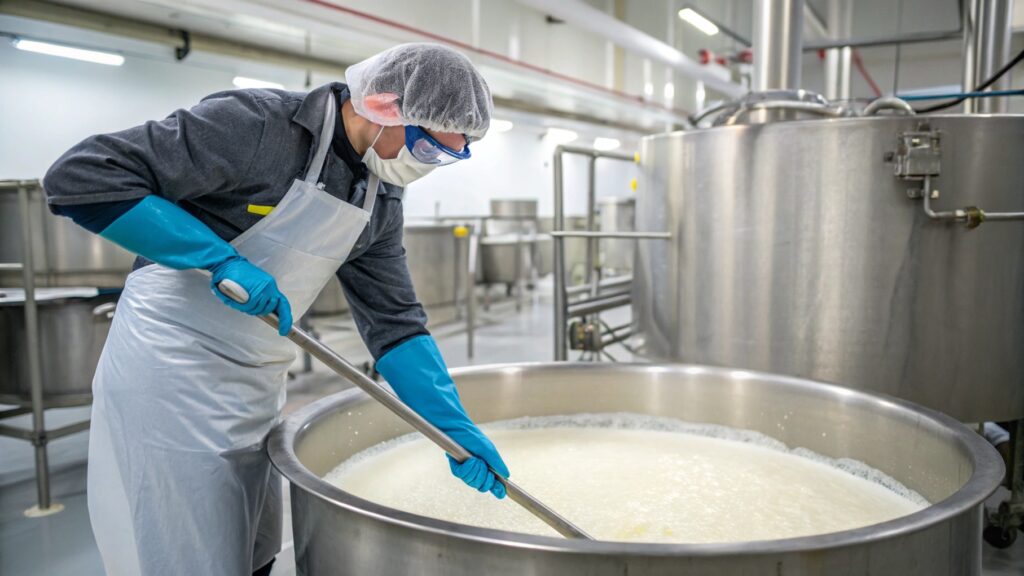
I have seen many factories in my more than 10 years in this industry. I have learned that the best factories choose their raw materials very carefully. They use high-quality chemicals7 that cost more but do not leave a bad smell. Cheaper factories might use lower-grade chemicals to save money. This can lead to a balloon that has a very strong, unpleasant chemical smell8. My goal at AIHUA BALLOON is always to make sure we use the best materials. This way, our balloons have a natural, not harsh, smell.
Deeper Dive: Additives and Their Aromatic Contributions
Several different types of additives are used in the balloon manufacturing process. Each can bring its own scent. Understanding what they are explains why a balloon smells the way it does.
| Additive Type | Purpose in Manufacturing | Potential Odor Contribution |
|---|---|---|
| Vulcanizing Agents | Help cross-link latex polymers for elasticity and strength. | Can produce sulfurous or rubbery odors, depending on the type. |
| Accelerators | Speed up the vulcanization process. | May contribute faint chemical or amine-like scents. |
| Antioxidants | Prevent ozone and UV degradation. | Generally low odor, but some types can have a slight, specific scent. |
| Pigments/Colorants | Give balloons their color. | Usually odorless, but some synthetic dyes might have a faint smell. |
| Surfactants | Help stabilize the latex emulsion. | Often have a mild detergent-like or chemical smell. |
The process starts with liquid latex. Then, different chemicals are added to make it into a durable, stretchy balloon. For example, vulcanizing agents9 help turn the liquid latex into a solid, elastic material. Some of these agents contain sulfur, which can give off a distinct smell, like a faint rotten egg smell. Accelerators make this process go faster, and they can also have a very slight smell. Antioxidants are important because they stop the balloon from becoming brittle. These usually do not have much smell. The smell you notice is a mix of all these things working together.
Does the aging process of latex balloons10 intensify their characteristic scent?
Have you ever noticed that old balloons can smell different? The aging process of latex balloons can change their smell, but it does not always make it stronger.
The aging process of latex balloons does not always make their smell stronger. Sometimes, it changes the smell. When latex balloons get old, they can start to break down. This is called degradation. Things like light, air, and heat can make this happen faster. As the latex breaks down, some of the chemicals inside it can release new smells. These new smells might be different from the fresh rubber smell. They can also be weaker if the volatile compounds have already disappeared. If a balloon smells bad after a long time, it can be a sign that it is breaking down.
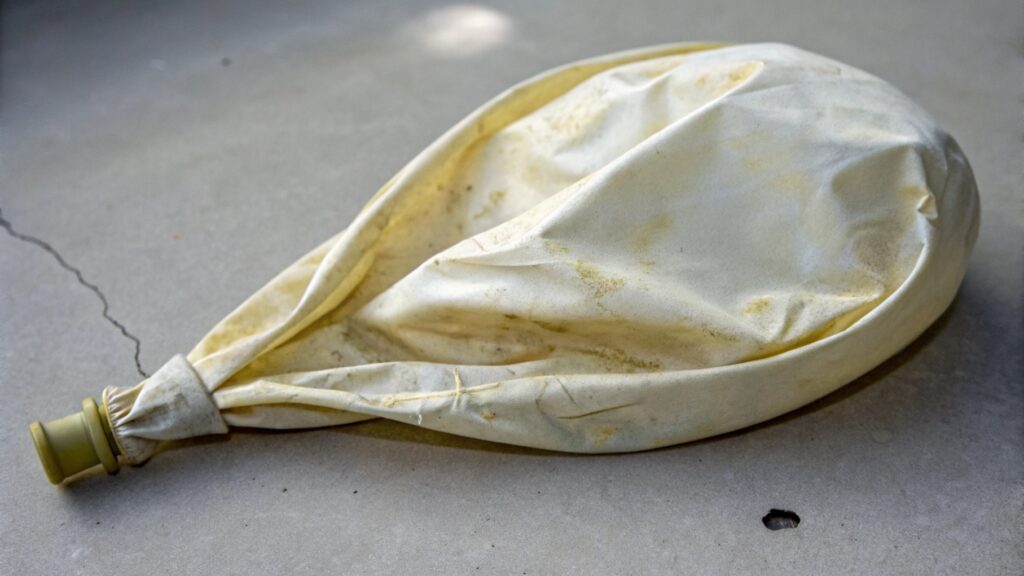
In my experience, a well-made balloon, even when it gets old, will not have an offensive smell. It might lose some of its original scent, or it might get a very faint, natural rubber smell. But if a balloon starts to smell sour or very strong after a short time, it means there might be an issue with its quality or how it was stored. We focus on making balloons that stay fresh and good, reducing unpleasant smells even as they age.
Deeper Dive: How Environmental Factors Impact Balloon Odor Over Time
The smell of a latex balloon depends a lot on where it is and how old it is. Just like food can change smell as it goes bad, balloons can too.
| Factor | Impact on Latex Deterioration | Effect on Odor |
|---|---|---|
| Oxygen Exposure | Causes oxidation, leading to material breakdown. | Can produce stale or sour smells as organic compounds break down. |
| UV Light (Sunlight) | Accelerates degradation of latex11 polymers. | Breaks down volatile compounds, potentially changing or weakening existing odors. |
| Heat | Increases the rate of chemical reactions and evaporation. | Can make existing smells stronger initially, then dissipate them over time. |
| Humidity | Can promote mold growth or chemical reactions. | May lead to musty or moldy smells if stored in damp conditions. |
| Storage Time | Longer time allows for more chemical changes. | Overall odor can fade or change as volatile compounds escape or react. |
When a latex balloon is exposed to air, the oxygen in the air can react with the latex. This process is called oxidation. Oxidation can cause the rubber to break down slowly. As it breaks down, it can release new smells. Sunlight, especially UV light, also speeds up this breakdown. If a balloon is left in the sun for a long time, its smell might change or become weaker as the chemicals that cause the smell evaporate. Heat also makes these chemical reactions happen faster. So, a balloon kept in a hot place might develop a different smell faster than one kept in a cool, dark place. Understanding this helps us store and use balloons better.
Is the distinct smell of latex balloons12 an indicator of their material composition?
Do you think a balloon's smell tells you what it is made of? Yes, the distinct smell of latex balloons is a strong sign of what they are made of.
The distinct smell of latex balloons is a clear sign that they are made from natural rubber latex. Balloons made from other materials, like foil or PVC, do not have this same smell. The smell tells you that the balloon came from a rubber tree. It is a natural smell, not a fake one. A mild, natural rubber smell means the balloon is made of good quality latex. If the smell is very bad or chemical-like, it can mean that cheaper materials were used, or the balloon was not made well.
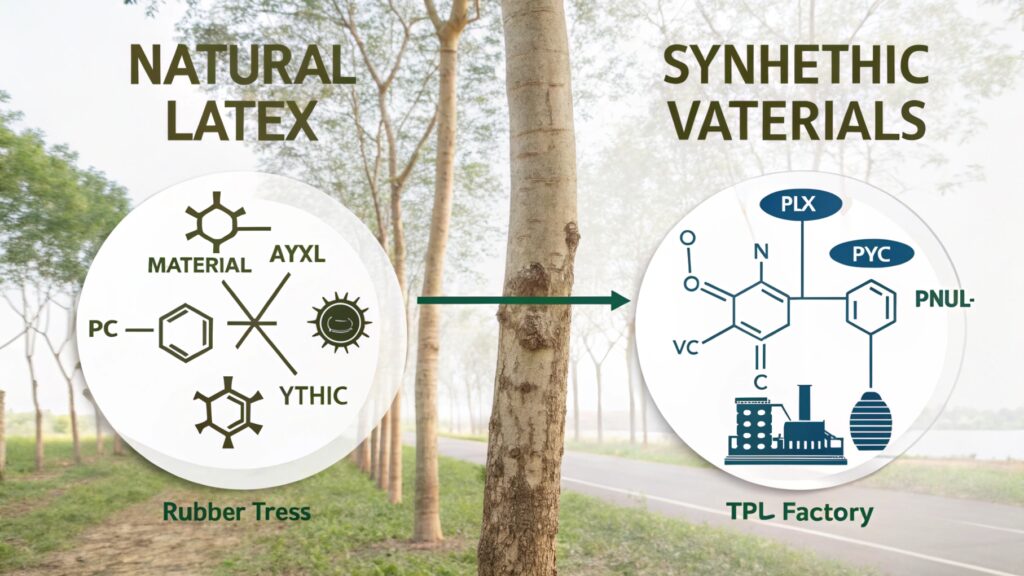
When I meet with clients like Sarah Chen, a procurement manager, the quality of our materials is something we always discuss. A good quality latex balloon should have a very mild, sometimes almost imperceptible, natural rubber smell, not a nasty, aggressive one. This reflects our commitment at AIHUA BALLOON to use only the best raw materials. We make sure our balloons are made from pure, safe natural latex, which is why they have a clean, pleasant smell, a key indicator of their superior material composition.
Deeper Dive: Distinguishing Latex from Other Balloon Materials by Scent
Many people can tell a latex balloon apart from a plastic or foil balloon just by its smell. This is because natural rubber has a unique chemical makeup that creates its specific scent.
| Balloon Material | Primary Composition | Typical Scent Profile | Indicator of Material? |
|---|---|---|---|
| Natural Rubber Latex | Sap from rubber trees (Hevea brasiliensis). | Mild, earthy, rubbery, sometimes slightly sweet. | Yes, a clear indicator. |
| Foil (Mylar) | Metallized nylon or polyethylene. | Generally odorless, or faint plastic smell. | Yes, by lack of typical latex smell. |
| PVC (Vinyl) | Synthetic polymer (polyvinyl chloride). | Distinctive "new plastic" or chemical smell13. | Yes, a distinct chemical smell. |
| TPU (Thermoplastic Polyurethane) | Synthetic flexible polymer. | Mild, often described as "plastic" or slightly chemical. | Yes, a different synthetic smell. |
The natural rubber latex used for balloons comes from specific trees. It contains a lot of organic compounds that create its special smell. When latex is processed into a balloon, these compounds are still there, giving the balloon its characteristic scent. Other types of balloons, like those made from foil or PVC, are made from totally different materials. Foil balloons are usually made from plastic films with a metallic coating. These have very little or no smell. PVC balloons are made from a type of plastic that often has a strong, chemical, plastic smell. So, if you smell that familiar rubbery scent, you know it is a latex balloon.
Conclusion
The distinct smell of latex balloons comes from natural rubber and manufacturing chemicals. A good quality balloon will have a mild, natural scent. A strong bad smell can mean lower quality.
-
Understanding the source of the distinct smell can enhance your appreciation for latex balloons and their quality. ↩
-
Explore the properties of natural rubber latex to understand its significance in balloon manufacturing. ↩
-
Learn how material quality impacts the performance and safety of latex balloons. ↩
-
Understanding these compounds can help you appreciate the natural aspects of latex balloons. ↩ ↩
-
Find out what to look for in high-quality latex balloons to ensure safety and durability. ↩
-
Learn about curing agents and their importance in creating durable latex balloons. ↩
-
Find out why high-quality chemicals are essential for producing safe and pleasant-smelling balloons. ↩
-
Understanding the sources of chemical smells can help you choose better quality balloons. ↩
-
Discover how vulcanizing agents contribute to the elasticity and strength of latex balloons. ↩
-
Learn how aging impacts the smell and quality of latex balloons over time. ↩
-
Understanding degradation can help you recognize when a balloon is no longer safe to use. ↩
-
Understanding the source of the distinct smell can enhance your appreciation for latex balloons and their quality. ↩
-
Understanding the sources of chemical smells can help you choose better quality balloons. ↩
